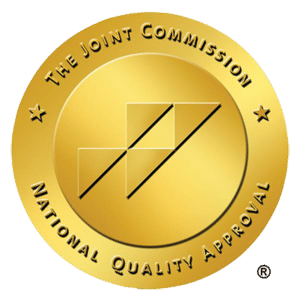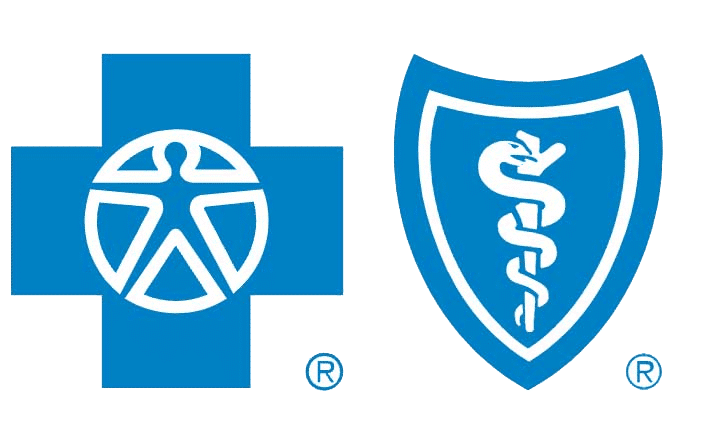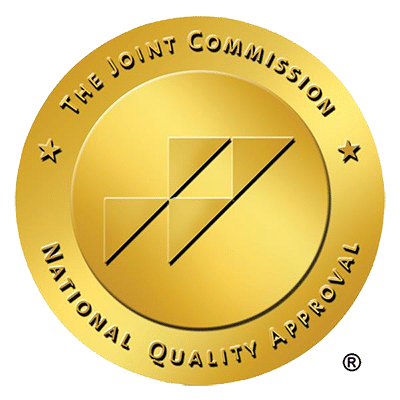The most common pathway from addiction to recovery is to start with detox. Detoxification is a necessary step as all the substances need to be removed from the body to ensure the person is in a stable place, physically and mentally, to continue their journey to sobriety. But what happens after detox?
If you’ve just finished your detox, you might be uncertain about what’s next for you in your recovery journey post-detox. Keep reading to discover why residential treatment is the best next step for a smooth recovery.
Understanding the Need for Residential Treatment After Detox
For most people, detox is incredibly challenging. The detox process can last from hours to days and weeks, depending on various factors. Often, detoxification comes with unpleasant side effects and withdrawal symptoms. Getting through this difficult stage feels like such an accomplishment for most, and it really is! It’s an achievement anyone should be proud of.
However, the mistake some make is getting a false sense of confidence that the hard part is over. As a result, some people think they can manage the next recovery stages on their own. Going it alone is not recommended. In fact, the risk of relapse is incredibly high immediately following a detox, as this is when cravings for substances are the most intense. This is precisely why being in a professionally supervised and supported environment, such as a residential treatment program, is essential.
After detoxification, it’s best to enroll in a residential treatment program. Detox gets all the substances out of the body and a residential treatment program teaches the patient how to prevent any future relapse into substance misuse.
Residential treatment programs help the patient:
- Learn about substance abuse and addiction so they can understand their addiction.
- Get diagnosed with any co-occurring disorders (such as anxiety, depression, OCD and more) so they can receive adequate treatment.
- Learn how to identify triggers that cause the patient to want to misuse substances.
- Learn coping mechanisms to respond to stress, which can reduce the risk of relapse.
- Participate in group counseling sessions to find bonds with others going through the same thing.
- Fix relationships with family members through family therapy.
All of these above elements are necessary to ensure patients are fully prepared to return to their daily lives without giving in to cravings and temptations. A comprehensive understanding of what led them to abuse substances and how they can avoid their triggers, as well as healing through therapy, helps them have the foundation to succeed in recovery.
Many facilities offer both detox and residential programs so patients can smoothly transfer from one to the next.
Luckily, residential programs come in many formats, depending on your specific needs. At Topsail Addiction Treatment, our standard length for a residential program is 30 days. However, patients can choose shorter or longer programs based on the support level they need.
Exploring Inpatient vs. Outpatient Treatment Options
Once you’ve decided that a residential program is the best next step for you after detox, it’s time to choose between an inpatient or outpatient program.
Inpatient Residential Treatment
Inpatient treatment allows patients to temporarily live at the facility, with 24/7 access to medical supervision, professional support, and programs.
Some of the benefits of inpatient treatment are:
- Patients can dedicate all their time and focus on recovery without the distractions of work or family.
- 24/7 supervision so staff can help if a medical emergency arises.
- Access to temptations and substances is removed.
Outpatient Residential Treatment
Of course, not everyone can pause their life for a few weeks to live full-time in a treatment center. Fortunately, people can choose a form of residential treatment called “outpatient” treatment. Outpatient programs are flexible, allowing patients to keep up with their daily responsibilities, such as work and family care. For many, this is important, as they simply can’t step away from their everyday life entirely, even for treatment. With outpatient treatment, patients come to the facility for a few hours for courses, therapy and access to help. They don’t live at the facility and can stay up-to-date with their daily responsibilities.
Some of the benefits of outpatient treatment are:
- You can continue to keep up with daily responsibilities, like work or caretaking for your family.
- Privacy, as patients don’t have to stay overnight at the facilities.
- Ability to spend evenings with loved ones and lean on them for support during recovery.
- Opportunity to adapt to sober living in the “real” world.
Take the Next Step
The Benefits of a Long-Term Residential Treatment Program
Some patients stay in a residential treatment program longer than the average 30 days. It’s important to note that residential programs can always be extended as needed; there is no “hard stop.” If you get to the end of the program and feel you need further support, you simply continue your treatment with the facility.
At Topsail, many patients choose to participate in a long-term residential treatment program. This can look different for each patient. However, often, it’s a matter of extending the full-time treatment program by a few weeks. Or, long-term residential treatment can be as simple as continuing to attend a support group at the facility.
Whatever the choice, long-term residential treatment programs ensure that patients feel supported and ready to manage sober living independently. It’s better to hold onto support and ensure you stick to recovery rather than try to go solo too early and risk a relapse.
What to Look for in an Outpatient Facility
So, how do you know if the outpatient facility you’re looking at is a good choice? Here are some factors you should consider when evaluating an outpatient treatment facility:
- The clinic makes treatment accessible and affordable by:
- Accepting insurance and working with major insurance providers
- Insurance verification: Offering to help future patients understand what kind of insurance coverage they have
- Payment options for expenses not covered by insurance
- The clinic has a 24/7 contact line, so you can get help as soon as you need it
- They only hire licensed medical staff
- They believe in an individualized approach to treatment care, as recovery looks different for everyone
- They can clearly outline what their outpatient programs look like and offer different options for patients
Topsail Addiction Treatment
If you’re ready to move on from detox to outpatient residential treatment, Topsail is your facility. As one of Massachusetts’s top recovery treatment centers, we pride ourselves on our individualistic approach to care. Our patients are provided treatment plan options based on their preferences, background, and needs.
Moving from detox to the next stage of recovery is an exciting step but one that should be taken with guidance. Let the trained, experienced staff at Topsail help you through this next stage of sober living. Contact us today to find out more about Topsail’s programs.
Related Posts

Critical Signs of Meth Addiction: Symptoms & Support Options
Wondering what are the warning signs of meth addiction? Early detection can be lifesaving. From drastic behavioral swings to ‘meth mouth,’ these symptoms are alarming

Essential Guide on How to Help Someone with Meth Addiction
If you’re seeking to understand how to help someone with meth addiction, this article is your immediate support guide. Encountering meth addiction within someone you

Recognizing the Warning Signs of Marijuana Addiction
Knowing the signs of marijuana addiction is vital for recognizing a serious problem that often goes unnoticed. In this article, we address the real indicators

Decoding Opioid Addiction Statistics: A Harsh Reality Check
What do the numbers say about the opioid crisis? Diving into opioid addiction statistics offers a sobering reality check: a surge in usage and deaths

Effective Strategies on How to Prevent Opioid Addiction
The key to preventing opioid addiction starts with being informed. If you’re seeking concrete steps on how to prevent opioid addiction, this article is for

How to Help Someone with Cocaine Addiction Effectively
Wondering how to help someone with cocaine addiction? It can feel overwhelming, but your role is crucial. In this guide, you’ll find understandable and practical















